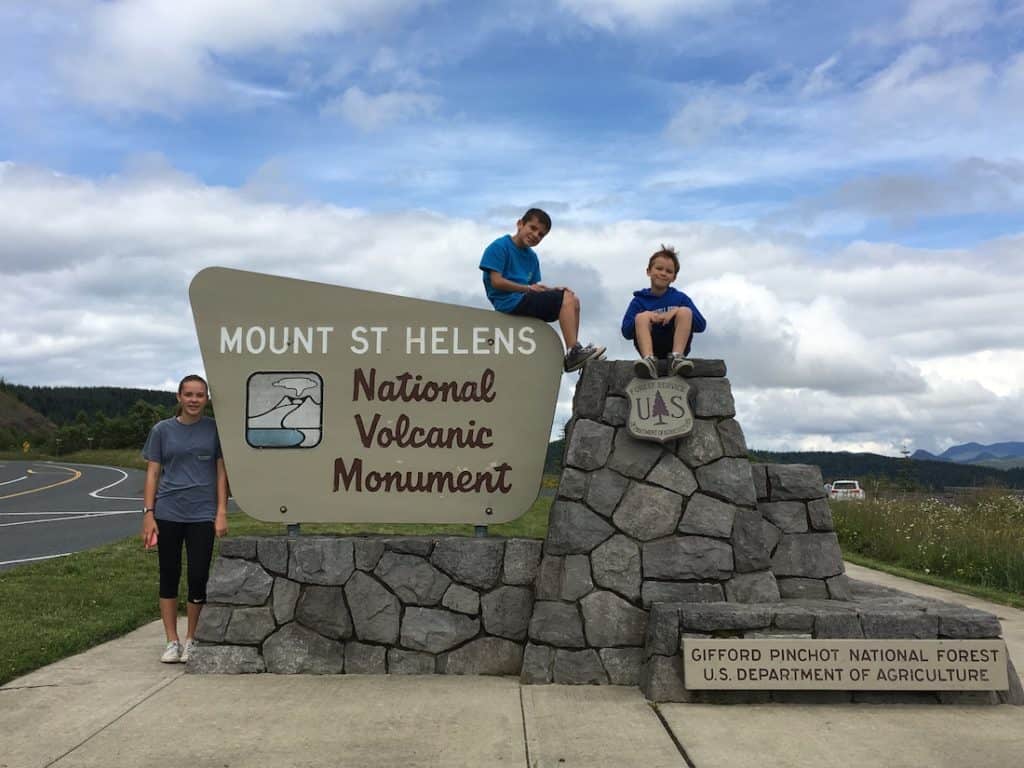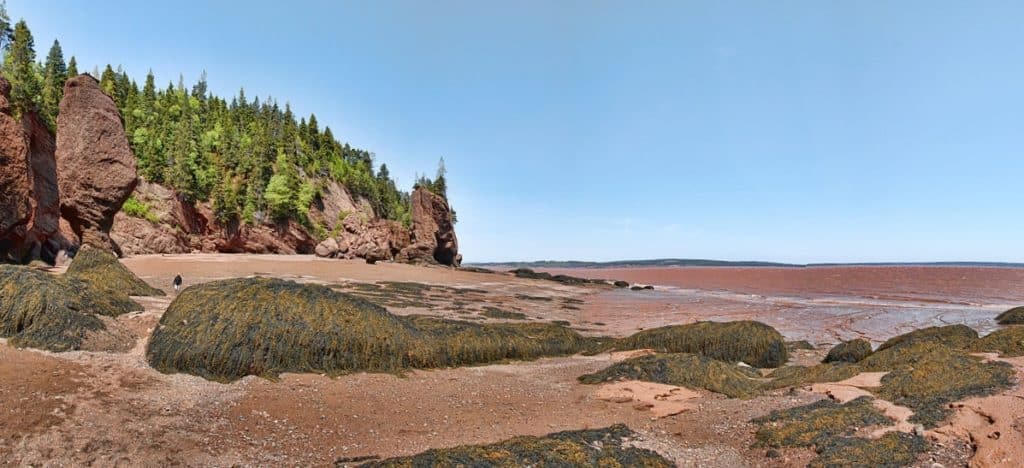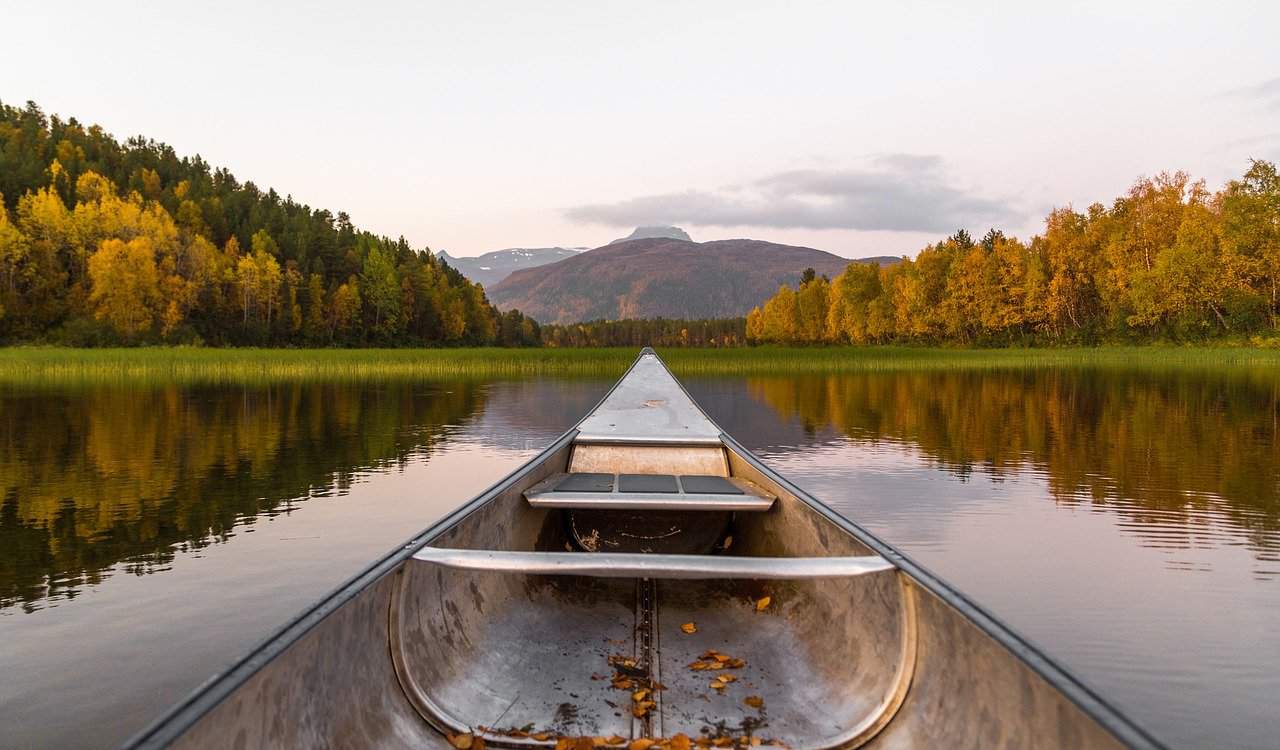
Located in Central Kentucky, Mammoth Cave National Park is a UNESCO World Heritage Site and an International Biosphere Reserve. It is home to the longest known cave in the world and features over 400 miles of charted passageways. Visitors will find several cave tours. Visitors can get a taste of the cave with a 30-minute self-guided tour. Mammoth Cave offers an off-trail tour, too. Above ground, travelers can go horseback riding, hiking and canoeing. Here are the top things to do at Mammoth Cave National Park in Kentucky.
Top 11 Things to Do at Mammoth Cave National Park
Stop by the Visitor Center
Take a Cave Tour
Hike at Mammoth Cave
Rent a Bike
Paddle a Canoe
Take a Horseback Ride
Spot Wildlife
Gaze at the Night Sky
Earn a Junior Ranger Badge
Picnic at the Park
Ride the Green River Ferry

Why Visit Mammoth Caves
This park is more than a cave. It protects 53,000 acres above the caves, and the Green River divides the park. With rolling green hills, visitors can take a ferry to reach the north side of the river. This area offers backcountry hiking, horseback riding, and a campground.
The most visited area is around the Mammoth Cave National Park visitor center. Cave tours are the top thing to do and are located on the south side of the Green River. A visit to Mammoth Caves makes an excellent road trip stop, which is how I visited.
Top Things to Do in Nashville Tennessee
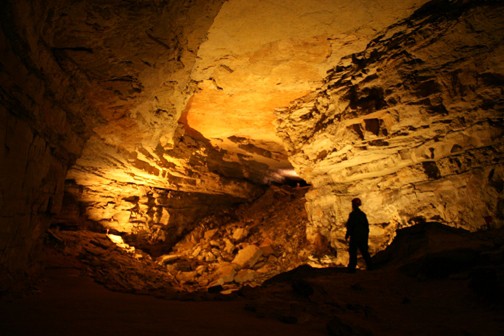
Mammoth Cave Visitor Center
Close to the historic entrance, the Mammoth Cave Visitor Center houses the cave tour ticket counter and is the departure point for all cave tours. Visitors will also find an interpretive area, a gift shop, and restrooms.
Located at 1 Mammoth Cave Parkway. Open daily from 8 a.m. to 6:30 p.m. during the summer and 8:30 a.m. to 4:30 p.m. for the rest of the year.
Mammoth Cave Tours
The most popular tours are self-guided tours, though special interest tours covering geology and off-trail tours are also available. Reservations are highly recommended, and the latest details are at NPS.gov.
Discovery Tour
A taste of the cave at your own pace. Enter through the Historic Entrance, and only offered during the summer season.
It takes about 30 minutes, depending on your pace. It travels .75 miles (1.2 km). Adult admission is $12, and youth tickets are $9.
Historic Tour
Get more history of the cave on this tour.
This tour takes 2 hours and climbs over 500 steps, including Mammoth Dome. Adult admission is $24 and youth tickets are $18.
Mammoth Cave Accessible Tour
Using the elevator, this tour visits the Snowball Room and Cleveland Avenue. There are no steps or stairs on this tour, so it is ideal for those with mobility issues. The tour lasts 2 hours and travels .5 miles (.8 km). Adult admission is $27, and youth tickets are $21.
Introduction to Caving Tour
Crawl on your belly, wild cave tour. Learn how to explore the underground from an experienced ranger. Size and shoe requirements. This tour is 3+ hours and considered strenuous. Adult admission is $49, and youth tickets are $42.
Texas Cave Guide
Hiking in Mammoth Cave National Park
There are 7.2 miles of hiking trails around the visitor center. Most trails are short, such as the Echo River Springs Loop Trail, which is 1 mile (1.6 km).
The South Park offers 11 miles of forested trails, including the Mammoth Cave Railroad Hike and Bike Trail, a 9-mile multi-use trail.
Biking in Mammoth Cave National Park
Off-road bike trails
Mammoth Cave Railroad Hike and Bike Trail—In the 1880s, the Mammoth Cave Railroad brought visitors to the park and it was used until the 1930s. The railroad route was converted into a 9-mile (14.4 km) multi-use trail.
Big Hollow Trail—A 9.1-mile (14.5 km) trail divided into two loops.
Road Biking
Biking is permitted on vehicular roads in Mammoth Cave National Park. Mammoth Cave is part of the U.S. Bike Route System (USBRS) connecting urban and rural areas.
The USBR 76, the TransAmerica Bike Trail, runs from coast to coast and offers a scenic spur into Mammoth Cave.
The Cave Country Bike Route, USBR 23, is also runs in the park from the Tennessee border.
Canoeing and Kayaking in Mammoth Cave National Park
Consider spending some time on the rivers of Mammoth Cave National Park. The Green River and the Nolin River flow through the park.
Find an authorized outfitter for rental boats and float trips. The float trips are Class I trips, suitable for families. Trips range from a few hours to all day. Rates are based on the boat and operate from April until October, depending on the weather.
Top Things to Do in Branson Missouri
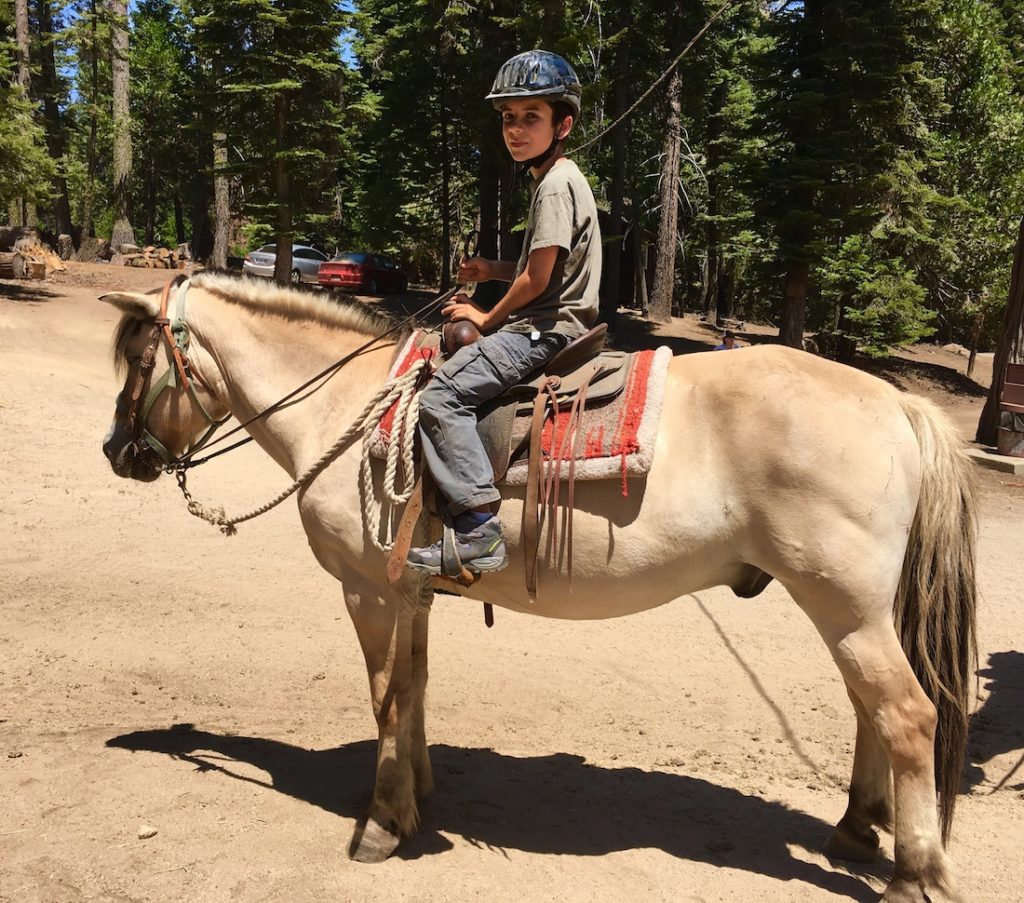
Horseback Riding in Mammoth Caves National Park
Guided horseback riding is available inside the park. Mammoth Caves National Park offers over 85 miles (136.7 km) of horseback riding trails. Rides start at $35 an hour, with one-hour, one-and-a-half hour and two-hour guided trips available.
Riders must be 6 years old and weigh less than 250 pounds (113 kg). Reservations required.
Double J Stables is located at 542 Lincoln School Road, next to the park, with access to the trailhead. It is open daily from March 1st until Labor Day and Fridays, Saturdays and Sundays only from Labor Day until November 1st.
You can bring your horses to Mammoth Cave National Park. Equestrian camping is available at the Maple Springs Group Campground with restrictions.
Wildlife Viewing
Mammoth Cave National Park is home to 70 endangered animals. Find species like the Pygmy Shrew, white-tail deer and bats are found in the cave itself.
Visitors frequently spot chipmunks, squirrels, and raccoons in the park. Bobcats, weasels and beavers are also seen, though these species are most active at night.
Night Sky Viewing
Enjoy the dark skies at Mammoth Cave National Park. Check at the Visitor Center to see if a Ranger Night Sky program is scheduled during your visit. Evening programs are offered on Saturday and Sunday nights during the year and more frequently during the summer.
Kids and Pets at Mammoth Cave
Traveling with your kids or pets is part of the fun. Indiana Dunes makes a great trip with lots of activities and things to see.
There are special activities for kids. As for pets, Mount Rainier is a haven for wildlife, so care must be taken when traveling with your pets in the park.
Junior Ranger Program
The Junior Ranger Program is the go-to program for families to learn more about a National Park. It’s free and takes about two hours to complete. My kids love the badges that the park rangers present them after completing their booklets.
Buy a booklet from the park bookstore for $2.00, which takes about two hours to complete. My kids love the badges the Rangers present them after completing their booklet.
BARK Program
Mammoth Cave National Park welcomes pets as long as they practice the principles of the BARK program. For more information, visit the page for visiting with pets. Note, pets aren’t allowed on cave tours. However, there is a kennel at the Mammoth Cave Lodge.
B–Bag waste and dispose of it in the trash
A–Always leash your dog for their safety and others
R–Respect wildlife
K–Know where you can go
Junior Ranger Guide
Where to Eat at Mammoth Cave
Located next to the Visitor Center, find a couple of options.
The Green River Grill and Bar
Open for lunch and dinner menu featuring local favorites, enjoy regional and locally sourced ingredients. Lunch: 11 a.m. to 3 p.m. and Dinner: 4:00 p.m. to 7:00 p.m.
The Maple Spring Coffee and Gift Shop
Open daily from 8 a.m. to 4 p.m.
Picnicking in Mammoth Cave
Find several developed picnic areas in the park.
Mammoth Cave Picnic Area—The largest, located next to the Visitor Center and includes two picnic shelters available for rent.
Echo River Spring Trailhead Area
Maple Springs Day Use Area
Houchin Ferry Picnic Area
Dennison Ferry Day Use Area
Sloans Crossing Pond Picnic Area
Great Smoky Mountains National Park Planning Guide
Where to Stay in Mammoth Cave
The Lodge at Mammoth Cave
With modern rooms and historic cottages, find a selection of lodging inside the park.
Sunset Terrace—Connected rooms in a separate building featuring two queen beds along with a mini-refrigerator, coffee maker and a TV and Wifi. This room features air conditioning.
Heritage Trail Rooms—Located inside the Lodge, these rooms are ADA accessible and feature an air-conditioned mini-refrigerator, coffee maker, TV and Wi-Fi.
Historic Cottages—Free-standing cottages with one bed suitable for one or two guests. These rooms feature a mini-refrigerator, coffee maker and air conditioning. No TV or Wifi available.
Woodland Cottages—The most rustic option since each doesn’t offer heat, a/c, TV or Wifi. Though, find a mini-refrigerator and a coffeemaker. Find cottages from one, two, three and four-bedroom options.

Camping in Mammoth Cave
Mammoth Cave Campground
Open from March 1 to November 30
Reservations recommended
111 sites
Dump station
Laundry
Potable water with flush toilets and hot showers
Houchin Ferry Campground
Reservations required
12 sites, tent-only sites
Potable water with portable toilets
30+ Fun Things to Do in Pigeon Forge and Gatlinburg Tennessee
History of Mammoth Cave
Created on July 1, 1941, Mammoth Cave National Park became a UNESCO World Heritage Site on October 27, 1981, and an International Biosphere Reserve on September 26, 1990, signifying its global importance.
The People of Mammoth Cave
Caves offer shelter, so evidence of human exploration dates back 12,000 years.
Native American History
Around 1200 BCE, mineral mining began in Mammoth Caves, primarily gypsum. During this period, archaeologists found artifacts like torches, petroglyphs and pictographs.
When additional artifacts are found, the seven modern nations of the Southeast Woodlands are consulted. They are the Cherokee Nation, the Eastern Band of Cherokee Indians, the United Keetoowah Band of Cherokee, the Shawnee People, the Eastern Shawnee of Oklahoma, the Absentee Shawnee and the Chickasaw Nation.
African American History
Mining continued into the 18th century, in which ingredients for gunpowder were harvested from Mammoth Cave. After the Civil War, several men explored the cave further and became local guides as interest in the cave grew.
Stephen Bishop and brothers Mat Bransford and Nick Bransford developed routes through Mammoth Cave. The brothers’ descendants led tours until the cave became a national park.
The Civilian Conservation Corps
Part of President Roosevelt’s Works Progress Program, the Civilian Conservation Corps worked on conservation projects across the U.S. Young men between 18 and 25 worked on projects in the national parks, like trail building, infrastructure and planting trees. Each made $30 a month, and $25 was spent home to their families. The men of the CCC lived in tents, received uniforms, three meals a day and skills training.
Four CCC camps developed the park at Mammoth Cave, including Camp #1, where Bransford descendants worked with other men from across the country. During the CCC tenure, they built many of the buildings still in use today, planted 1 million trees and constructed and improved 24 miles of trails inside the cave, like the Frozen Niagara entrance.
Diamond Digging at Crater of Diamonds State Park in Arkansas
Getting To Mammoth Caves National Park
It is open 24 hours a day, every day of the year. The park is fee-free, though cave tours require admission. Mammoth Cave National Park is about 100 miles south of Louisville, Kentucky, and 10 miles from Cave City.
The Green River Ferry operates within the park to reach the north side of Mammoth Caves National Park. Hours are Monday to Friday from 6 a.m. to 6 p.m. and Saturday and Sunday from 8 a.m. to 6 p.m. However, it can be close to flooding and water levels.

